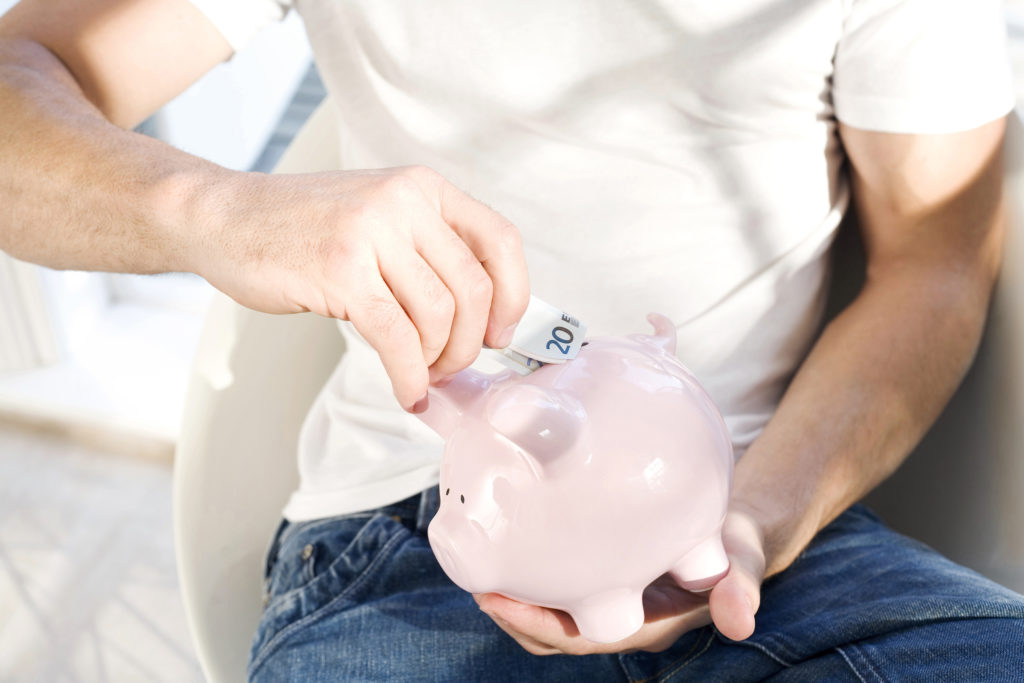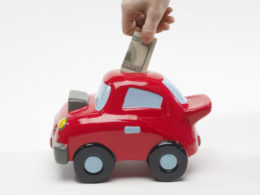It’s been popping up on the world wide web for years now–the phenomena called as “spending ban”. Also known as the spending diet or shopping fast, this financial check-up has gotten many bloggers smitten and all singing their praises. This method, as they claimed, helped them cut back on their expenditures, paving the way to better financial affairs, lesser debts and enabled them to achieve other goals that mattered.
Looking at other people’s success, one can’t help but wonder if a self-imposed spending ban may be a good move for you too. Will cutting out on all your “wants” and only spending for things that you actually need help you realize your financial goals? Or will you end up feeling really deprived and end up spending even more than you wanted in the long run?
Like any other crash diets ever to hit the mainstream market, any drastic measures concerning budgetary constraints come with a list of benefits and disadvantages. So if you decide to forego shopping or any type of spending for that matter, it will help if you can define a clear set of rules, also know the real reason why you’re doing it and have a sturdy plan that will let you succeed on your mission.
Knowing the Rules of the Spending Ban
Know that a self-imposed spending ban will not eliminate all expenses—only the non-essentials. What is considered “non-essential” will differ from one person to another, but generally, anything that won’t contribute to your survival or something that won’t help you perform your job will fall in this category—new piece of clothing, subscriptions to editorial magazines, or any new furniture or decorative home items, especially if what you currently own are still functional.
Before you start banning yourself from spending, one thing you must do is tally the monthly cost of all your “essentials”. Example, you have a net-income of $3000 and your monthly essential cost is $1,500, then you are looking into a probable savings of $1,500 during the months that you are on a spending ban. This excess amount can then be placed into other financial outlets such as savings for educational purposes, paying off a loan or standing debt, or go into a retirement savings fund.
Learn the rules of your ban and remind yourself always on why you’re doing it.
- Choose the duration of the ban.
Start small so you won’t get overwhelmed by the activity you have decided to undertake. For example, try doing the spending ban for 21-days (3 full weeks). You can always extend your ban if you find that it works for you. Because it can be rather frustrating if you’re gunning for something overly ambitious and planned for a ban that turned out to be too long.
- Know what you’re allowed to purchase.
Create a list of essentials that’s okay for you to procure—gas, groceries, and children’s clothing. You may also determine if you can still make additional cuts to these basic costs. When looking to cut back on grocery items, check your previous receipts and see if you can substitute for some items such as alcohol and meat brands.
- Have a purpose for the money you’ll save.
Instead of letting the amount you’ll save sit on our account, why not allocate it for something important—money to pay off existing debts, add it to your retirement funds, or use it to beef-up your emergency stash. Having a specific and measurable goal in mind helps you to actually stick to your spending ban.
- Know how to handle emergency/unexpected events.
Life is not perfect and there will always be a time that you’ll hit an emergency. When something like this happens during your spending ban, you should know how to take care of it. For example, you may decide to use part of your emergency savings account to fix or repair a broken car or pay for a sudden medical necessity.
Why Go on a Spending Ban?
Part of its appeal is how it challenges you to change your spending habits towards your own good. For example, if you’re used to going out during weekends and shopping at mall, now, with the enforcement of the spending ban, you are forced to get creative and find ways to have fun during weekends without blowing off a ton of money. The other benefits of a spending ban are as follows:
- Reduction of impulse buying sprees
- Waste reduction.
- Encourages creativity by allowing you to work with what you already have.
- It can save you time.
- It can be a good training towards kicking your bad spending habits entirely.
A spending ban is not a perfect system and may result to a few hassles too! It may encourage overspending even before the ban begins, and for some cases, it might result to overspending towards the end of the ban. Trying your best to strictly adhere with the spending ban may also result to frictions in a relationship and you ignoring certain needs.
So whether you decide to stop shopping for a few weeks or even a year, enforcing a spending ban is a good way to keep your finances in check and can be a great tool for better money management. It’s not going to be everyone’s perfect solution, but it is certainly helpful for a lot of people.









